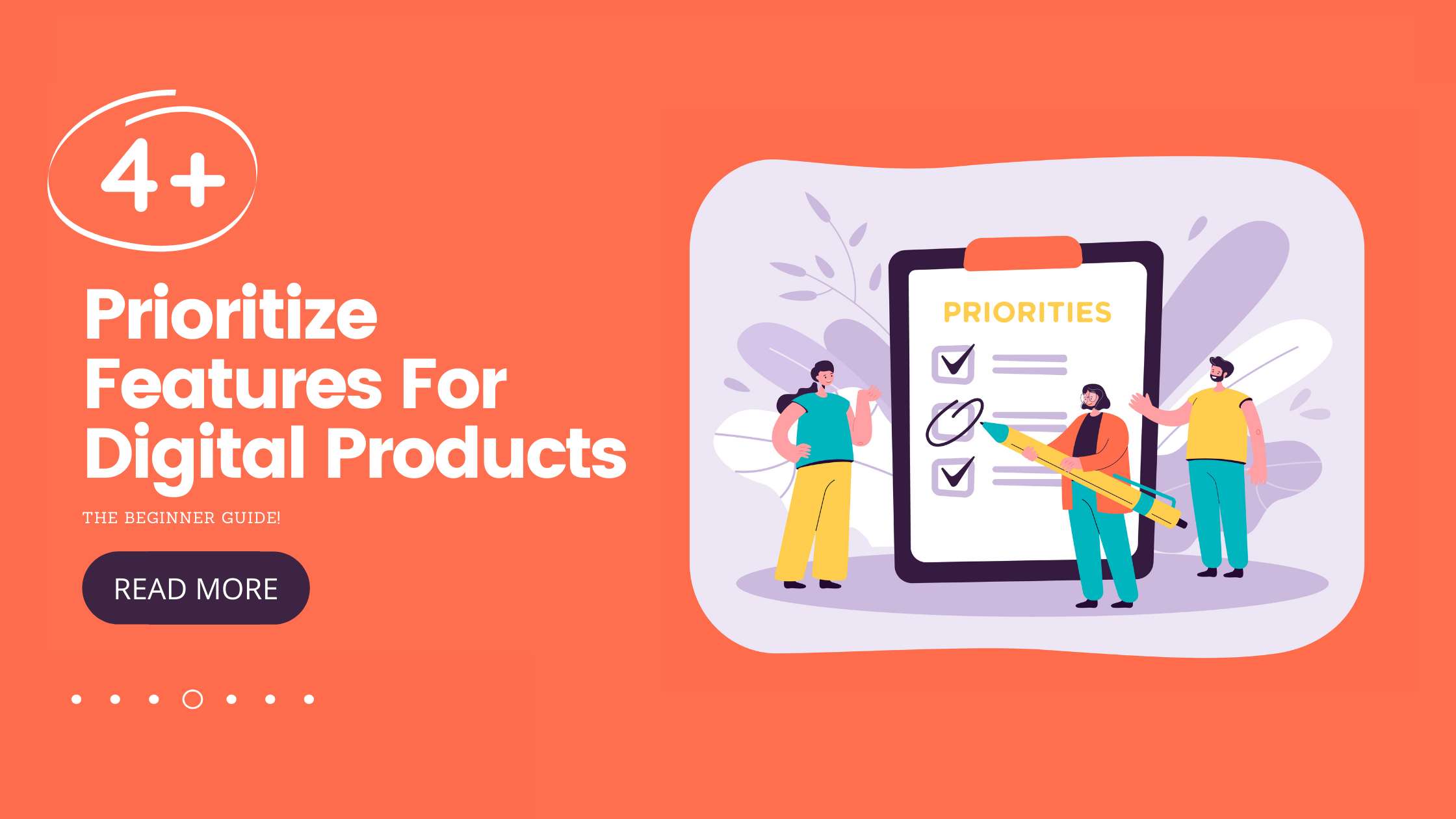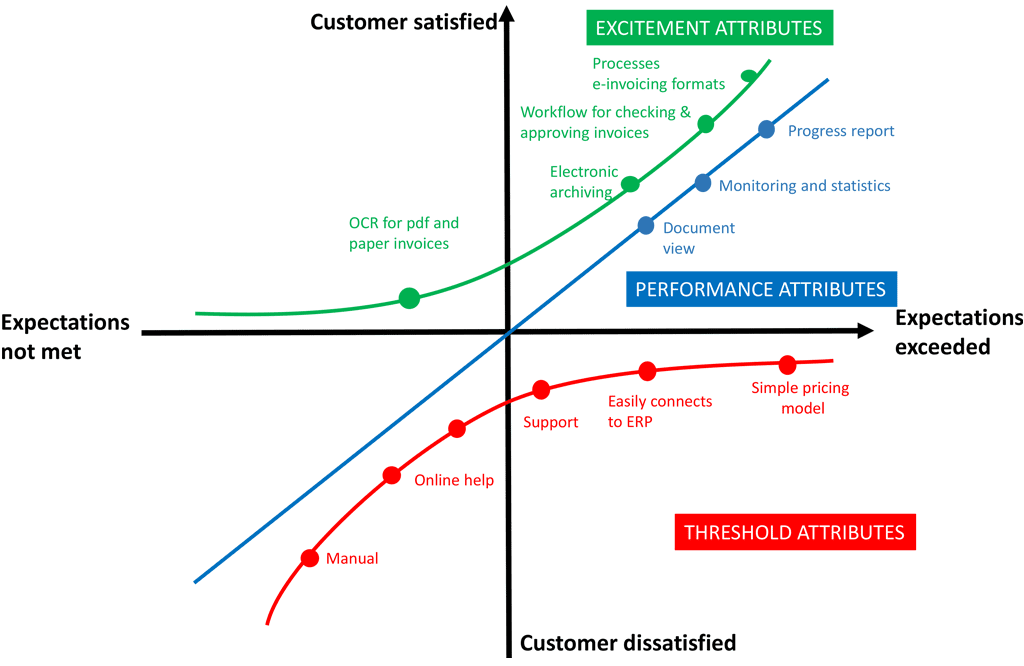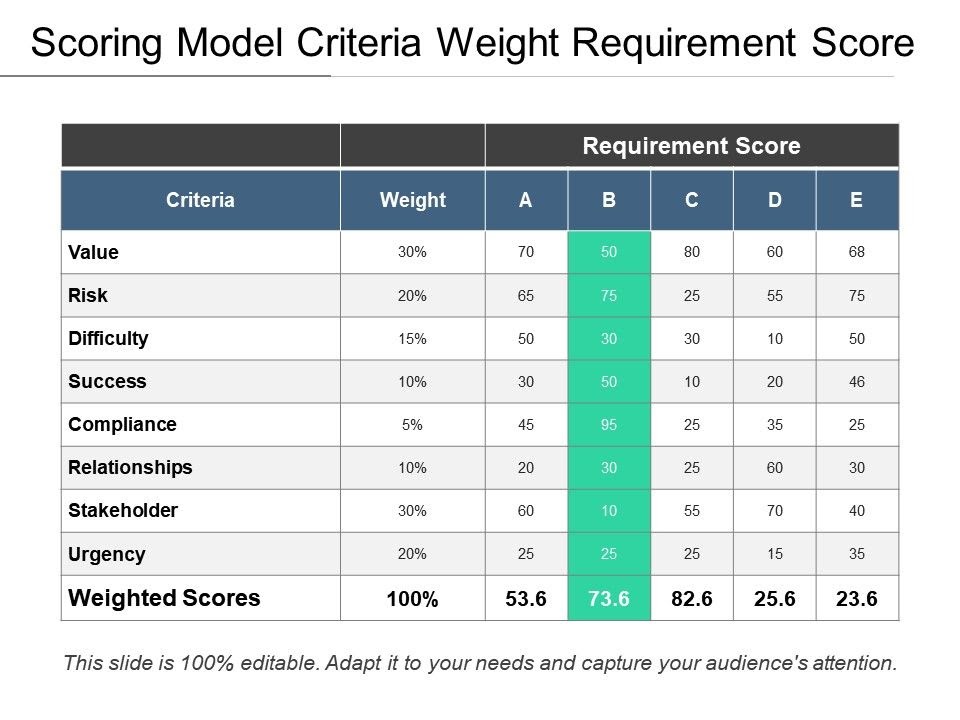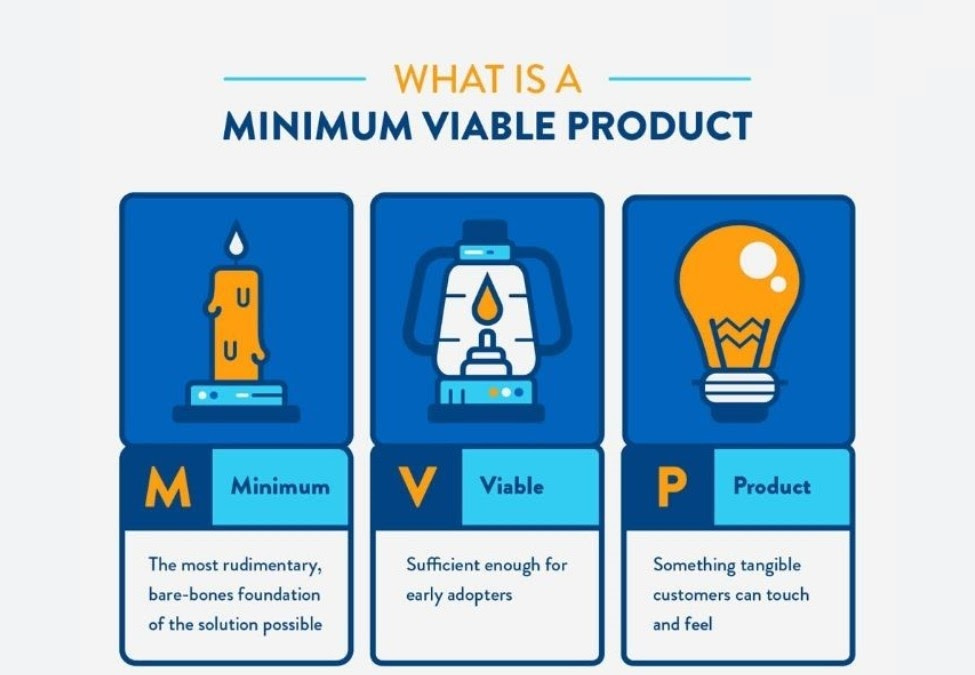In today’s post, I am going to tell you about 4+ Prioritize Features For Digital Products, so if you want to get complete information about it. So keep reading this post. Because I am going to give you complete information about this.
As you all know, in today’s time most digital products are trending. And it is being used a lot. So if you have also made such a digital product, then you should have all the information about it.
By information, it means that Prioritize Features of that digital product, so if you do not know about it, then do not worry.

Because I am going to tell you complete information about “4+ Prioritize Features For Digital Products”. so let’s start.
Table of Contents
4+ Prioritize Features For Digital Products!
Time is of the essence when developing a digital product, which is why it’s very much essential to have a clear vision and plan for what you’re building. But even with immense clarity, sometimes we get stuck with features that serve differently as envisioned and call for a rollback. Now, in such cases, we lose time, money, and, more importantly, the credibility and trust of the client.
To avoid a situation like that, we list features that go into the product at the very initial stages. To start the process, one can share a simple vision that tells precisely what needs to get out there in a creative discussion involving the development team and the client.
Now it’s up to your team and their creative ideas of representing that vision, what goes into making it a reality, and how they can make it efficient. After which, you can develop a list of features that you need to create and their prioritization. But Wait! It’s more complicated than it looks, and you’ll not be able to decide the prioritization framework manually, which is why we use specific methods for the same, which are as follows.
1. Create Customer-Centric Prioritization Via Kano Model

The kano model developed by Dr. Noriaki Kano is based on evaluating customer satisfaction v/s the implementation complexity. It’s divided into four simple subsections that make an entire evaluation system, which is listed as follows:
Basic Features: You need these features to be relevant to your target audience. When you have them, they remain invisible to the customer, but they create chaos in their absence, and the user generally avoids your product.
Excitement Features: These types of features create a unique selling point for the product. They are the representation of what you do, different from the crowd.
Performance Features: You have to rise above the competition; otherwise, you’d not be noticed. So, these features will help you gain that by delivering more or better in the said domain compared with the competition.
Dissatisfaction Features: These features are to be avoided as they bring in high bounce rates, decrease revenues, or create a harsh environment in terms of usage for the customer.
To generate an output using the kano model you need to go to the customer itself. The primary method involves asking the users questions, taking surveys, rolling out demos, launching beta programs, and more. After that, you can quickly prioritize, remove, or add features according to the generated output.
2. Decide Faster With Weighted Score Matrix.

Make a list of all the features that you can add to your digital product and add the essential factors to build the product, such as importance to the business, implementation effort, operational cost, and more.
Now, in a collaborative discussion that you’re planning to have, make sure every department or team member rates this list accordingly on a fixed scale. This way, you’ll come up with a final list to evaluate the complexity of feature v/s value driven by it.
The final decision regarding prioritization can be taken about this list. You can move the less complex features and derive a high value compared to the ones that do the exact opposite. It’s easy to implement, understand, and helps the teams stick to one decision and avoid conflict simultaneously.
3. Mapping The User Behaviour To Ideate a Minimum Viable Product.

It is one of the classic and proven methodologies for the prioritization process followed by the developers to design a digital product efficiently. First, we map how a user interacts with the product and storyboard every little action and its output.
On top of that, we create a list of feature and implementation mechanisms that build a smooth workflow for the users based on their interaction with the product. Finally, we have a list of features that are the utmost requirement for the product development, and then we move on to creating an MVP.
For those unaware, an MVP stands for a minimum viable product designed with only the very essential features to test the idea. The functionality of such a product is not always a necessity, so a basic layout of the final product can be created that looks and feels like it but does not necessarily work. We can work towards the final list of approved features after evaluating the MVP in a hierarchy where we develop the elements according to their importance based on user interaction.
4. The Client-Centric Approach Of ‘Buying A Feature’

If you’re interacting with a client who comes up with their own set of ideas and is interfering with the process, you can be in a lot of trouble and may have to repeat the development process until you are delighted. In such cases, it is better to let the client choose their priority in terms of the features you need to embed into the product.
Introduce your client with a list having implementation cost and the feature’s name only and let them decide for themselves. This way, even if you end up making a feature that the client is not so sure about at the end, it’ll be their chosen responsibility, and you won’t be bearing any losses.
Using this method doesn’t mean letting the client become the product head; you will have to suggest what’s best for the product. But having the client make the final decision puts you out of a conflicting situation.
Conclusion!
In this article, we have listed ways to define a prioritization framework for features to embed in our digital product development cycle. Covering all the bases for defining the prioritization of features, we have mentioned four methodologies that can be used in different scenarios. Starting from methods that save time to the ones that target clients or customers’ needs, we have listed them all.
Methods like weighted score matrix, development of an MVP, usage of the Kano Method, and buy a feature have been introduced in the list. According to your project, you can choose the time you have at hand when starting the development cycle, the client behavior, or the need to serve the customer itself. Now if you want, you can also read the article given below.
Read also:)
- What is an API? How To Use This To Build SEO Tool!
- Things To Know About SaaS Application Testing: Full Guide for Beginners!
- How To Generate Leads From LinkedIn | A-to-Z Guide for Beginners!
So, friends, I hope that you have liked our article 4+ Prioritize Features For Digital Products. And if you still have any questions and suggestions related to this, then you can tell us in the comment box below. And thank you so much for reading this post